September 25 and 26 saw the first Auténtica Premium Food Fest (2023) in Seville’s Palacio de Congresos, bringing together some 5,000 people from the worlds of food production, distribution, government, professional bodies and hospitality in Andalucia, as well as hangers-on such as myself.
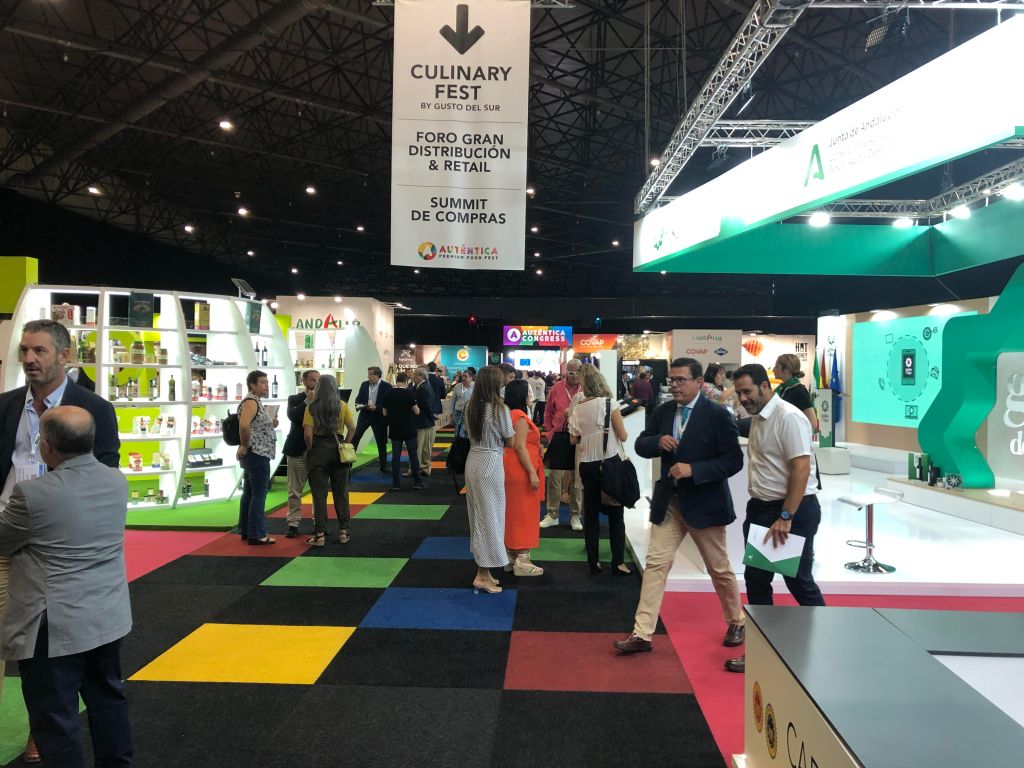
Andalucia is a major food producing region, with a huge variety of agricultural products, livestock and fishing, and its one of the most important of its economic activities, vital to the economic development of the region. The emphasis is on quality and upmarket innovation, and particularly on the benefits of the Mediterranean Diet, something of a social construct to be sure, but one that has genuine roots in the lifestyles and food choices of people all around its shores.
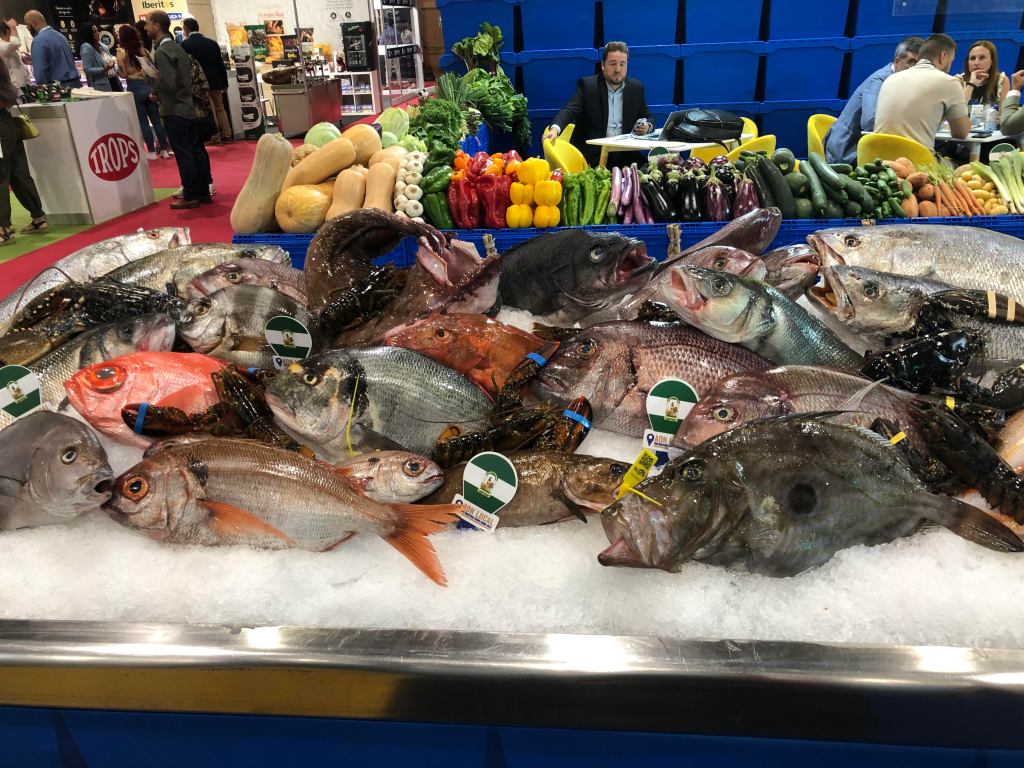
Predictably there was a strong emphasis on the traditional core of pigs, olives and fish/seafood, and cheeses, wines and vinegars, all with stands eager and willing for patrons to sample their wares. A few novelties that particularly caught my tastebuds included an extra virgin olive oil finished in amontillado sherry casks, a chili flavored cheese, and a vegetarian foie. Yes, yes, I know, but it was really tasty, so I’m prepared to turn a blind eye.
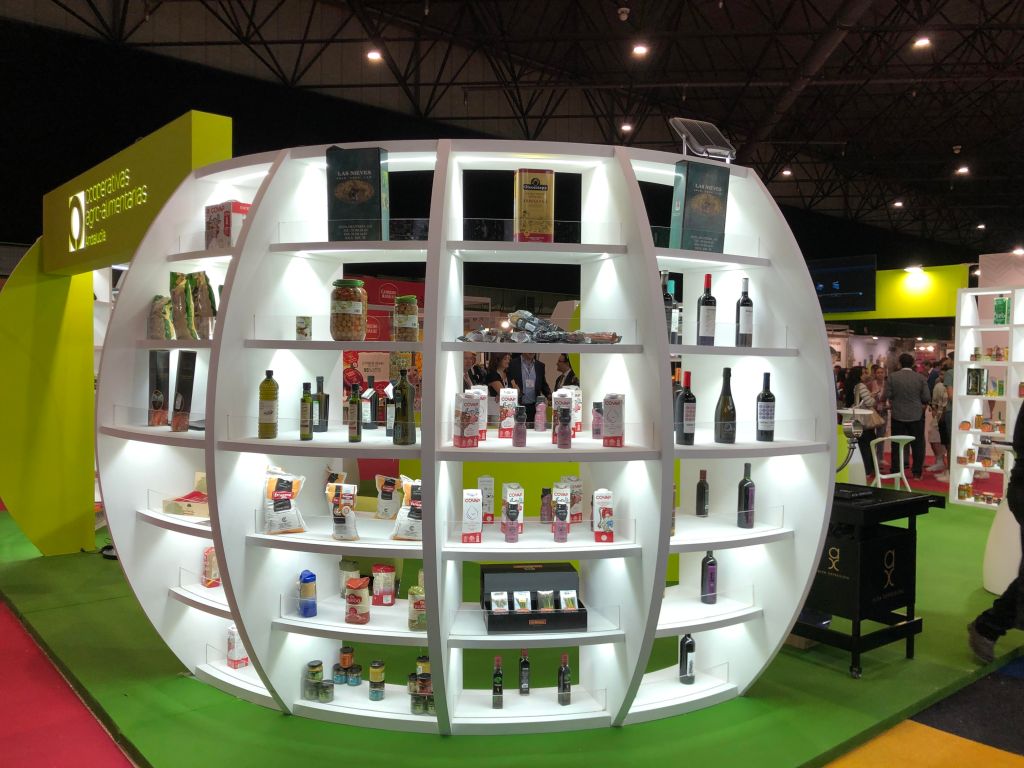
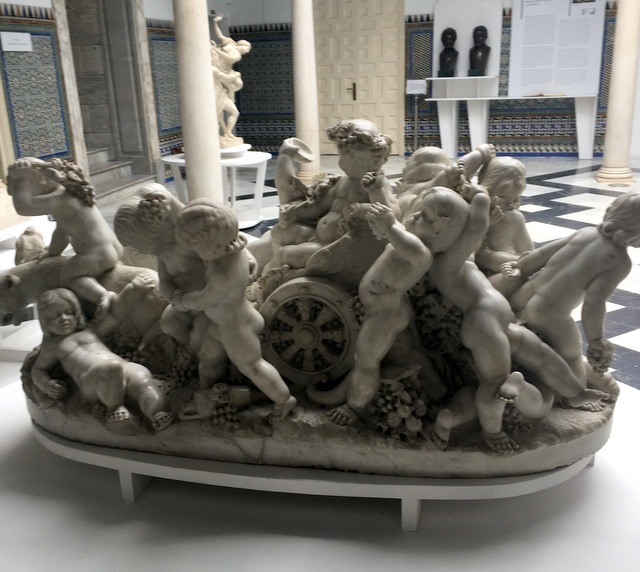
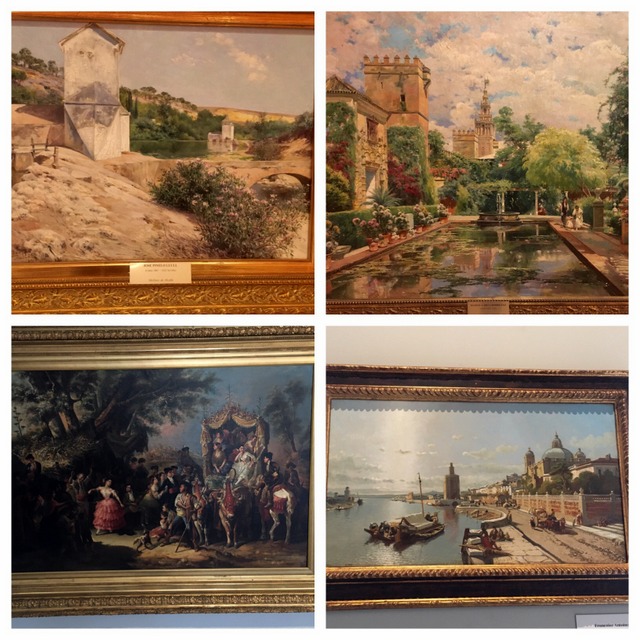
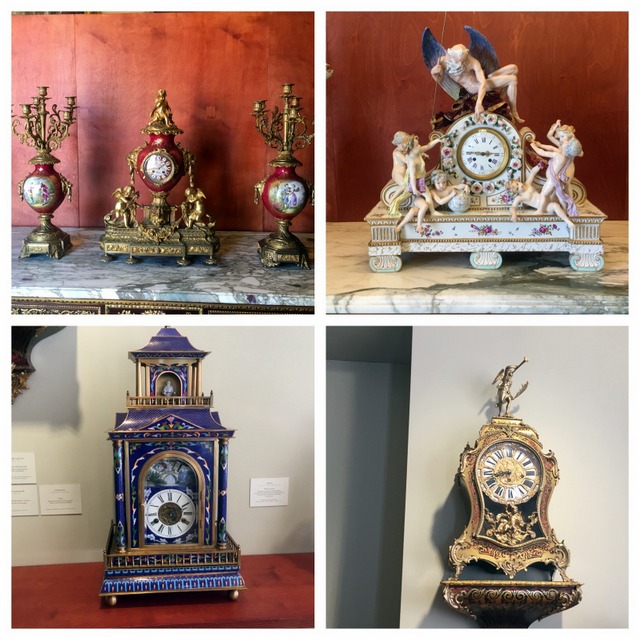
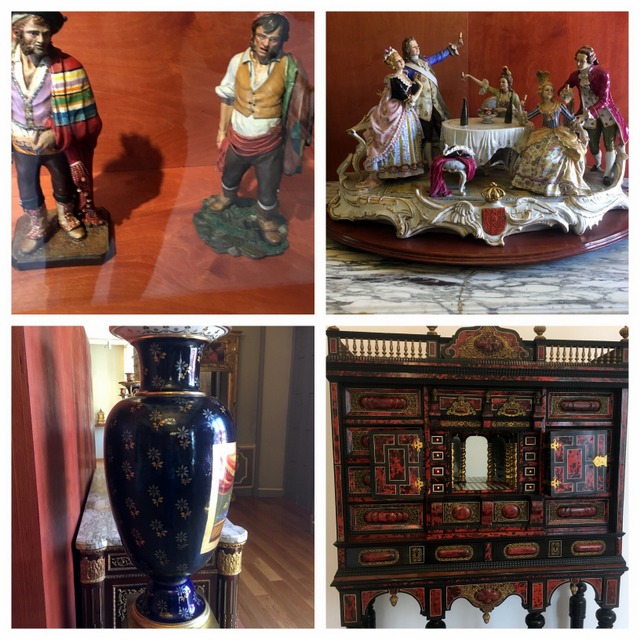 The museum has a great atmosphere, small enough to avoid art fatigue, large enough for a good variety of styles and types of art. For me it particularly managed to encapsulate something of the essence of Seville in its paintings of patios and street scenes, and the decorations and furnishings of a typical upper class house, so that I was constantly reminded of the reasons why I made Seville my home, and the things I love here.
The museum has a great atmosphere, small enough to avoid art fatigue, large enough for a good variety of styles and types of art. For me it particularly managed to encapsulate something of the essence of Seville in its paintings of patios and street scenes, and the decorations and furnishings of a typical upper class house, so that I was constantly reminded of the reasons why I made Seville my home, and the things I love here.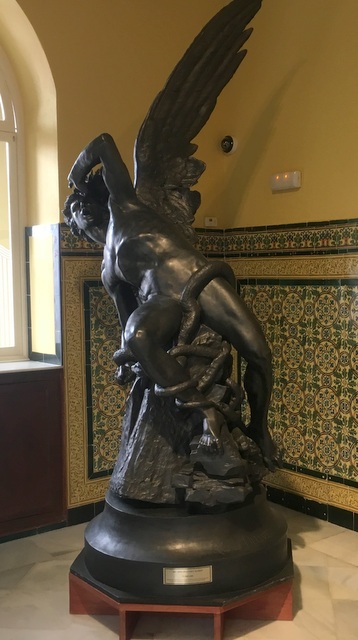
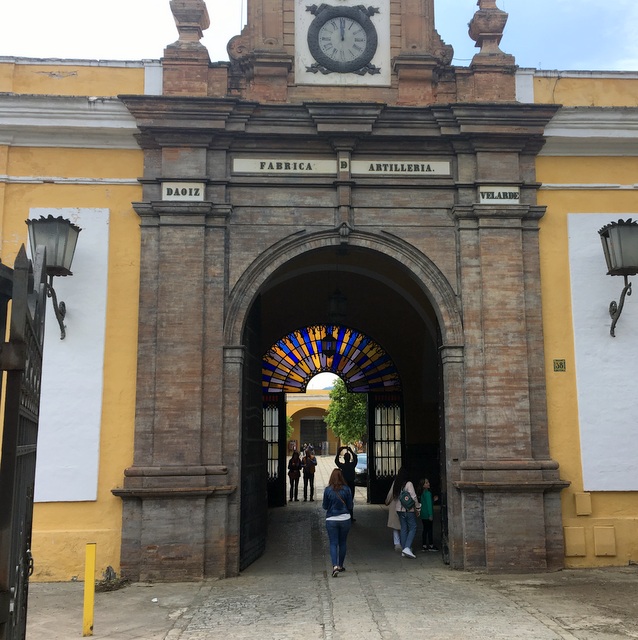
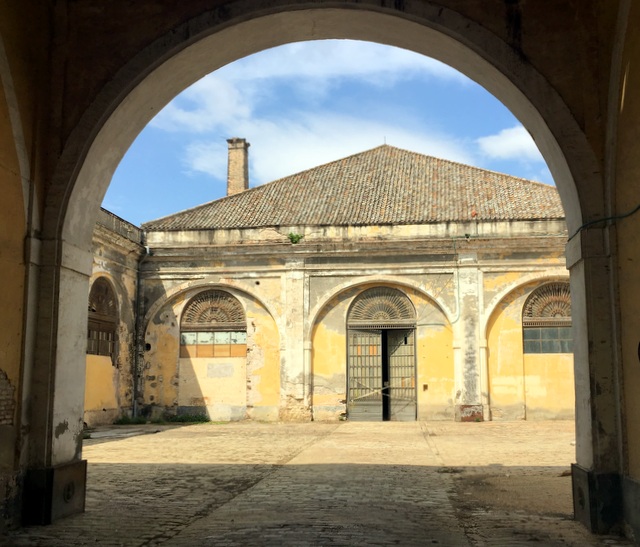
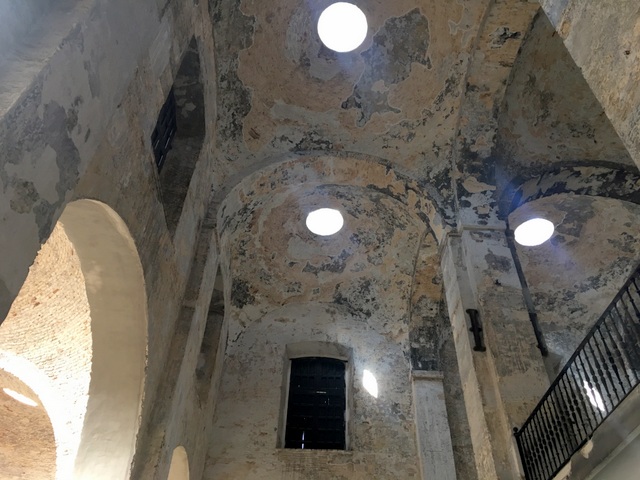
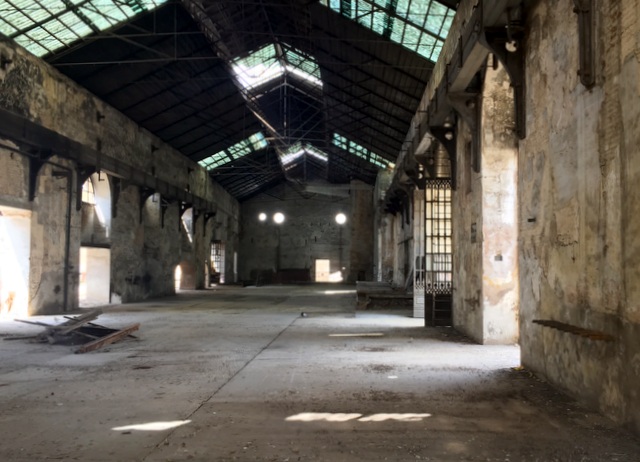
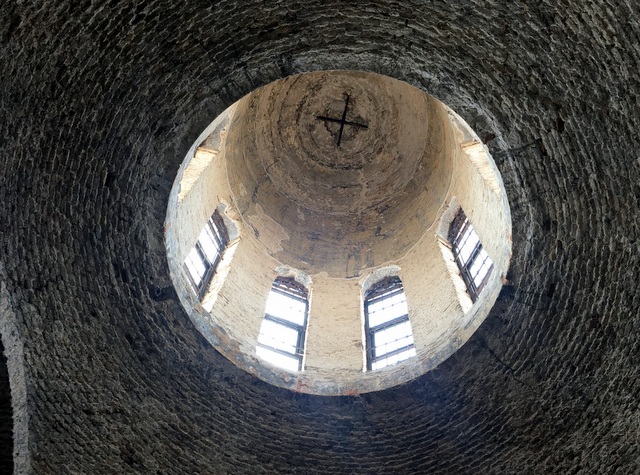 Still, it was fascinating to see something of the city’s industrial heritage, and to remember that history is not all about Cathedrals, Palaces, and other monuments, and that for a majority of the common people life had more to do with this harsher aspect than it did with the grand lifestyles of the aristocracy and the rich.
Still, it was fascinating to see something of the city’s industrial heritage, and to remember that history is not all about Cathedrals, Palaces, and other monuments, and that for a majority of the common people life had more to do with this harsher aspect than it did with the grand lifestyles of the aristocracy and the rich.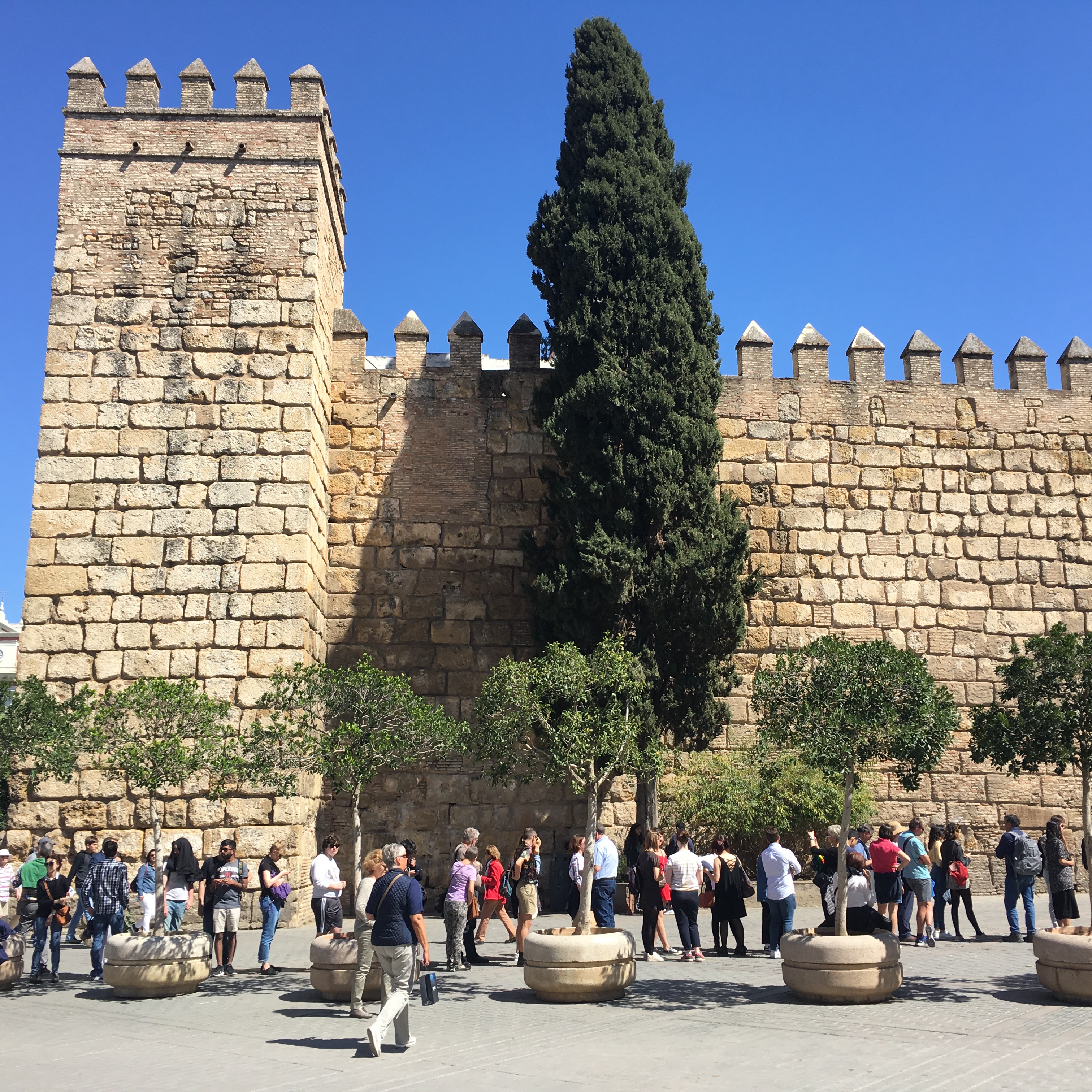
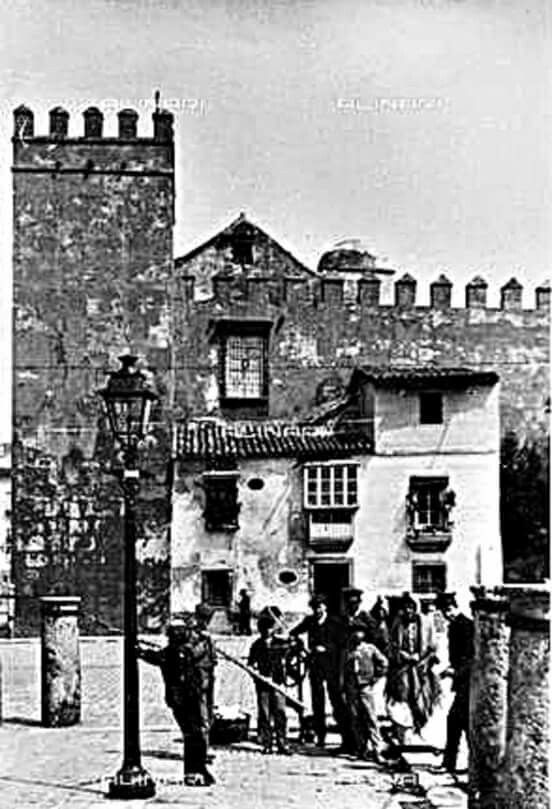

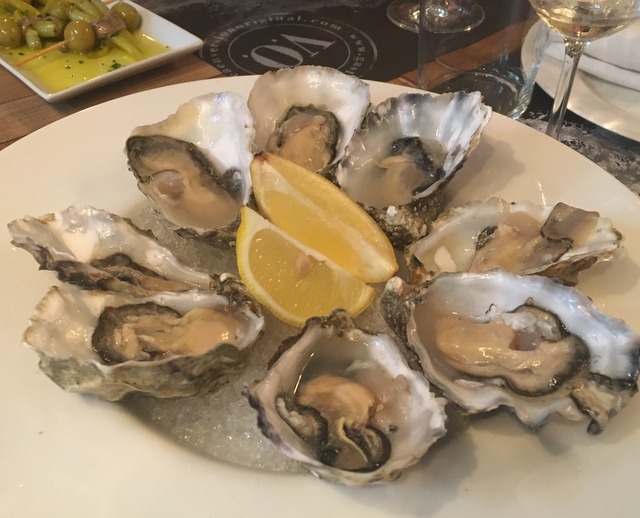
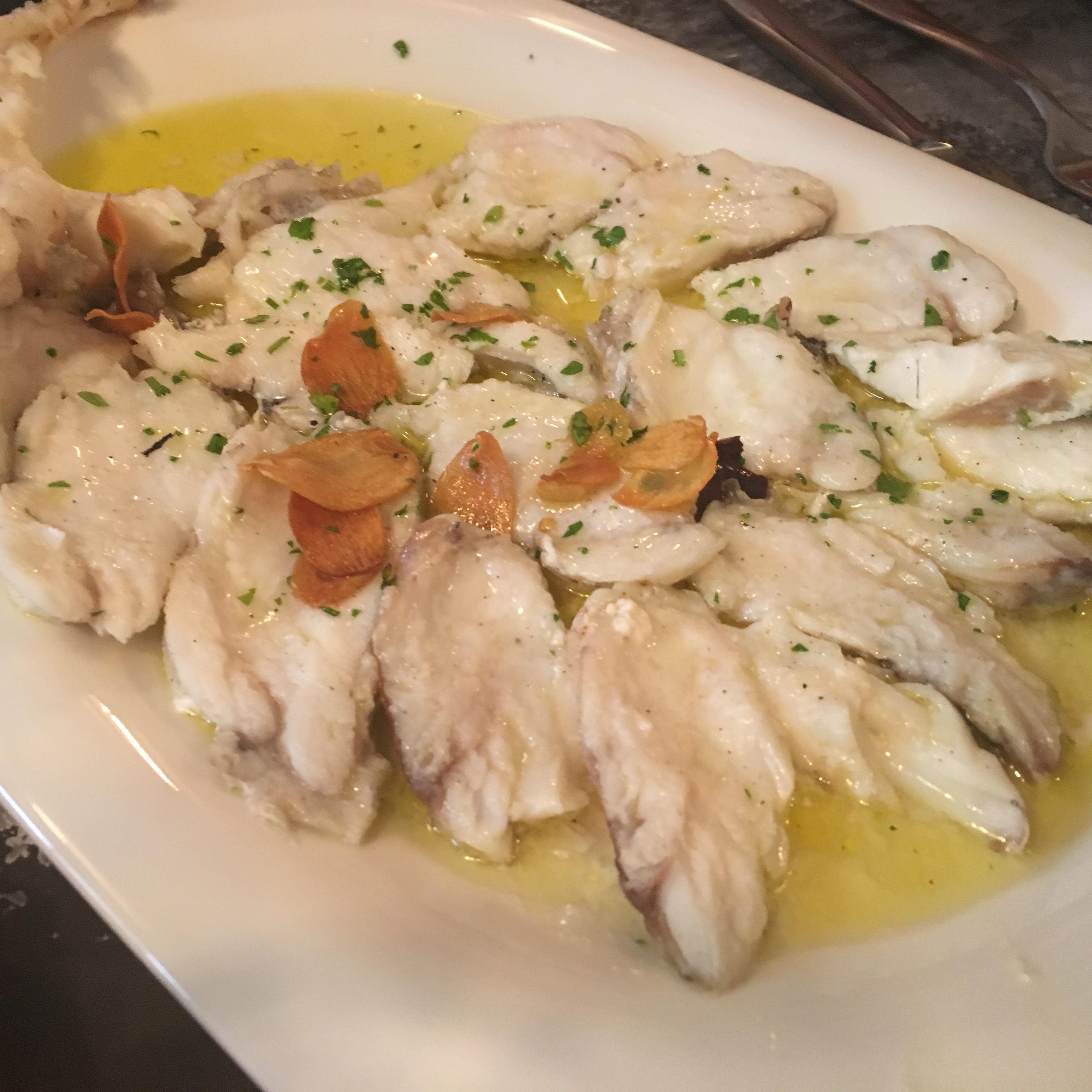
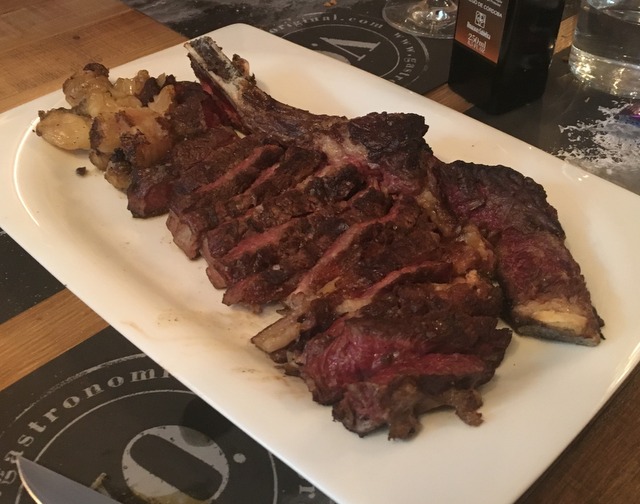
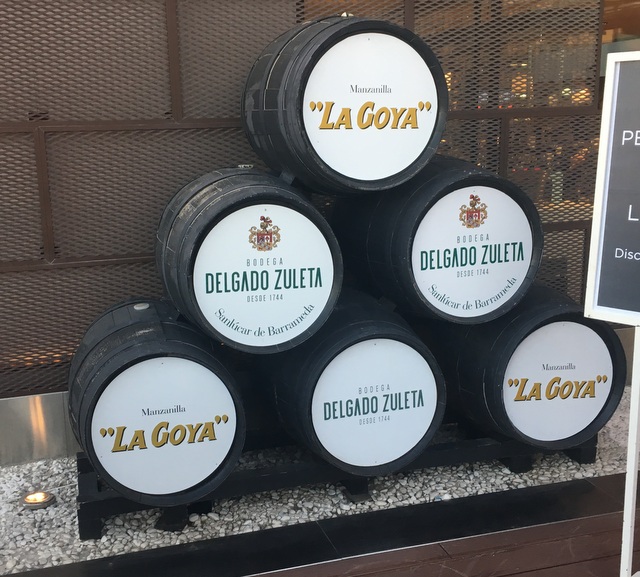 Last night (September 24), we were invited to the presentation of the new look La Goya manzanilla, marking the brand’s centenary year, held on the terrace of the Gourmet Experience in Seville, looking out over the city. It was a nicely low key event, introducing the new look labelling to luminaries of the sherry world, distributors, press and bloggers, with not too many speeches or too much marketing razzle. The result was a pleasant evening meeting up with old friends, enjoying some tasty snacks of jamón, cheese and mojama (cured tuna), and of course, sampling the sherry (which hasn’t changed – still the same excellent sherry it’s always been).
Last night (September 24), we were invited to the presentation of the new look La Goya manzanilla, marking the brand’s centenary year, held on the terrace of the Gourmet Experience in Seville, looking out over the city. It was a nicely low key event, introducing the new look labelling to luminaries of the sherry world, distributors, press and bloggers, with not too many speeches or too much marketing razzle. The result was a pleasant evening meeting up with old friends, enjoying some tasty snacks of jamón, cheese and mojama (cured tuna), and of course, sampling the sherry (which hasn’t changed – still the same excellent sherry it’s always been).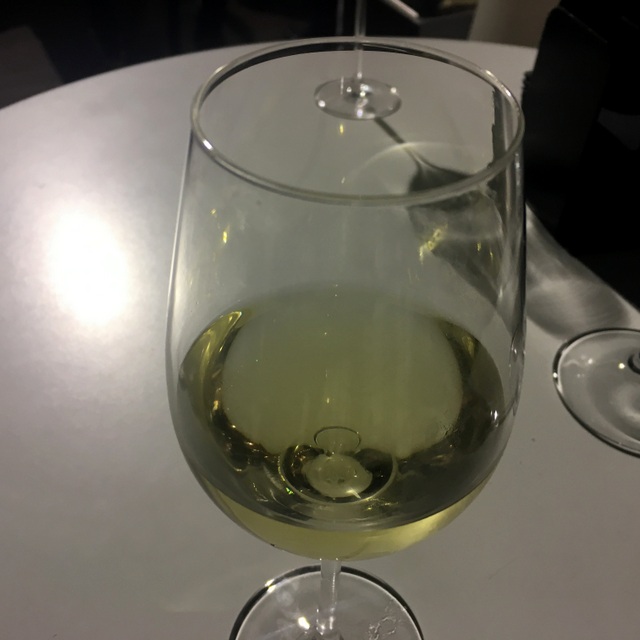
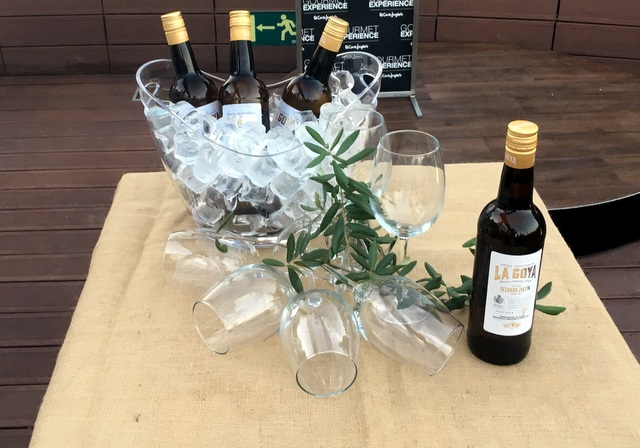
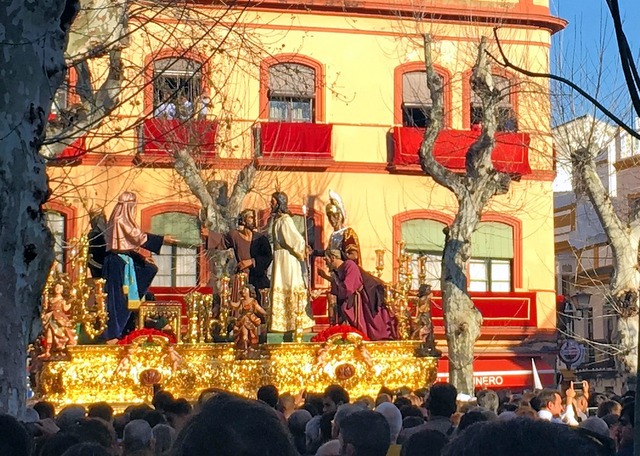
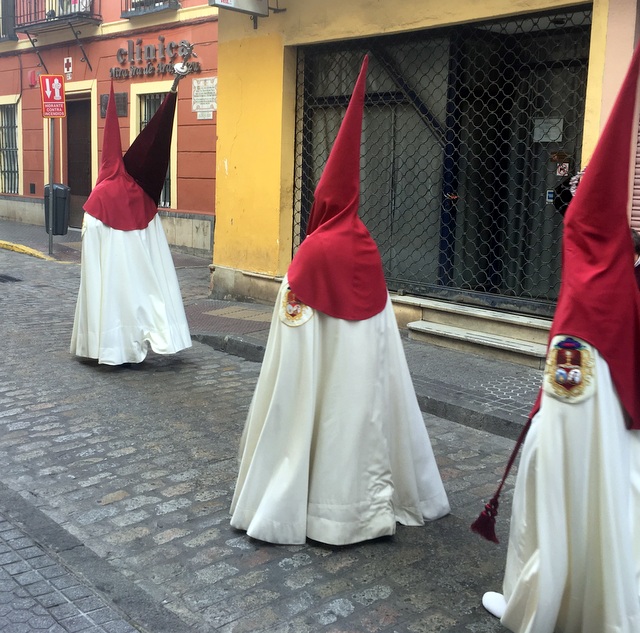
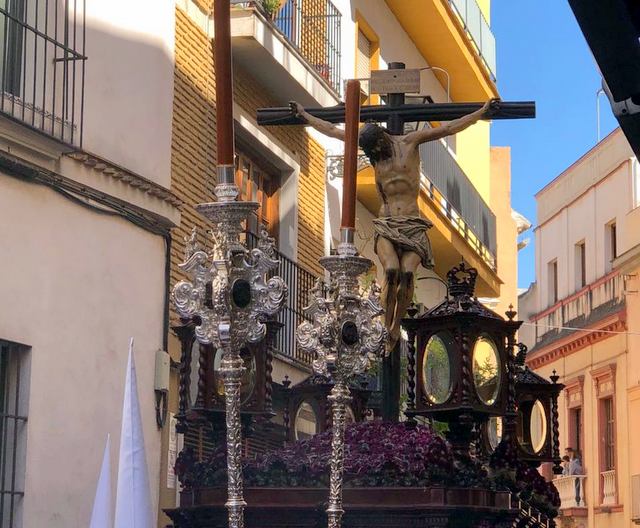
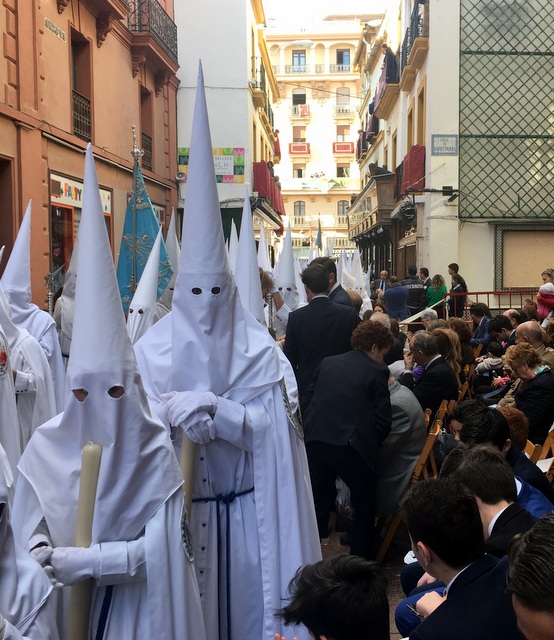
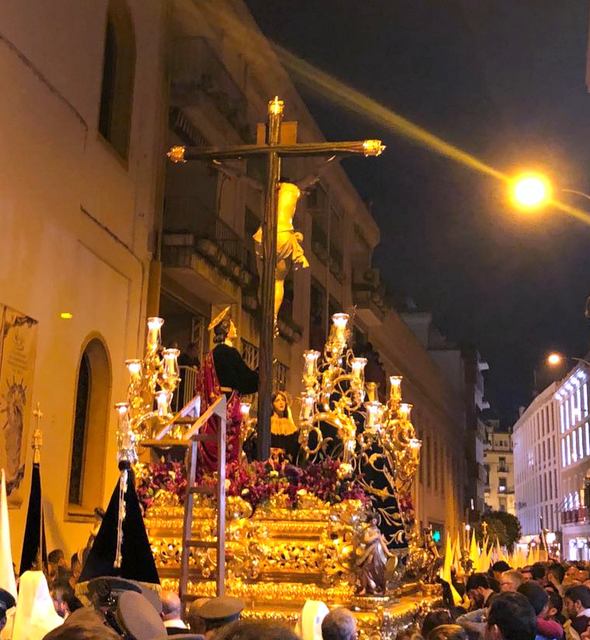
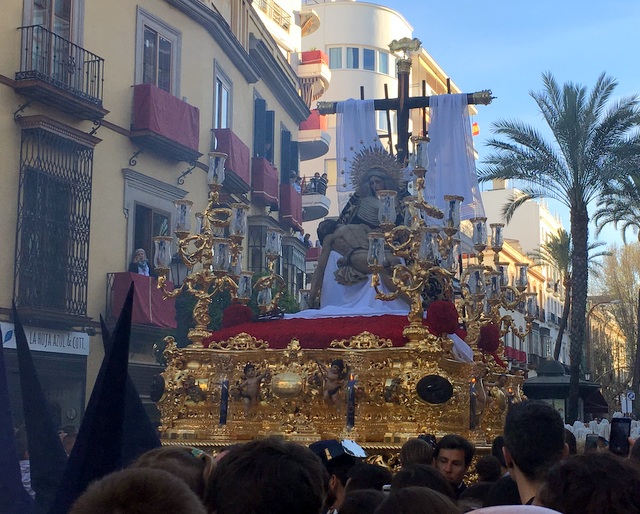
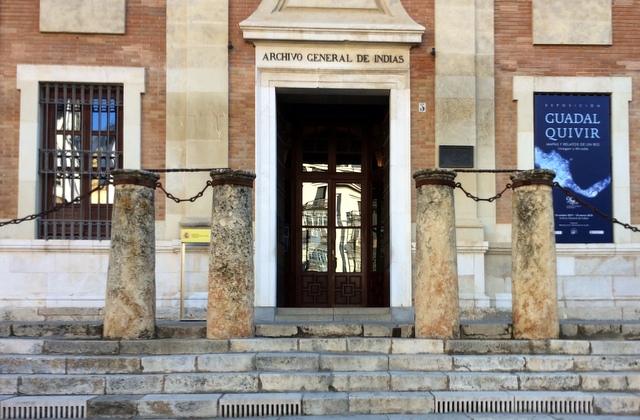
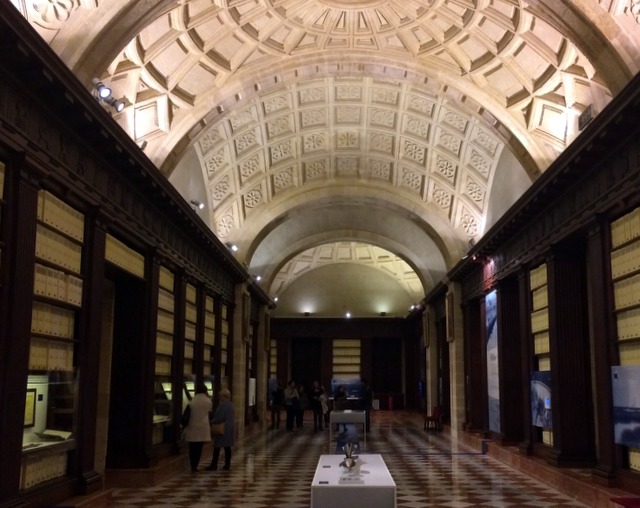
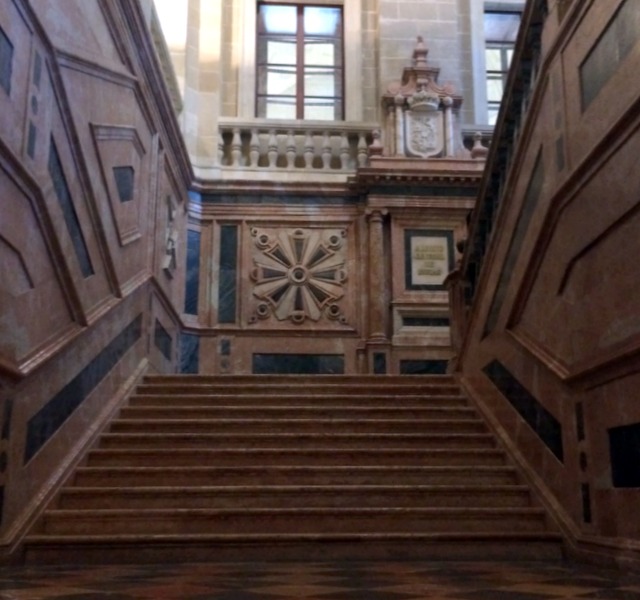
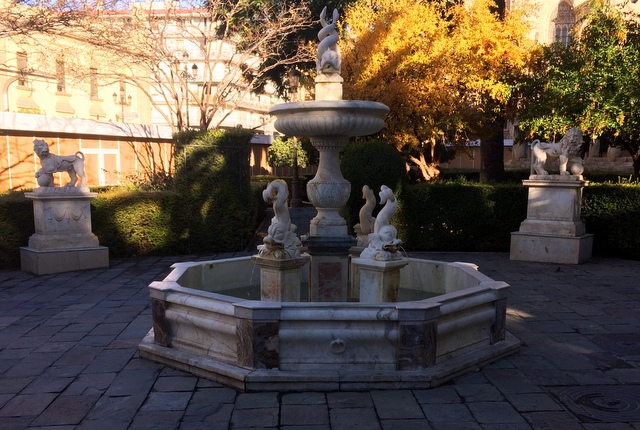

 sherry ambassador Pepe Ferrer
sherry ambassador Pepe Ferrer pouring palo cortado
pouring palo cortado the sherry production wall
the sherry production wall Pepe Ferrer, Enrique Mallío, Martín Mallío, José Peñascal
Pepe Ferrer, Enrique Mallío, Martín Mallío, José Peñascal